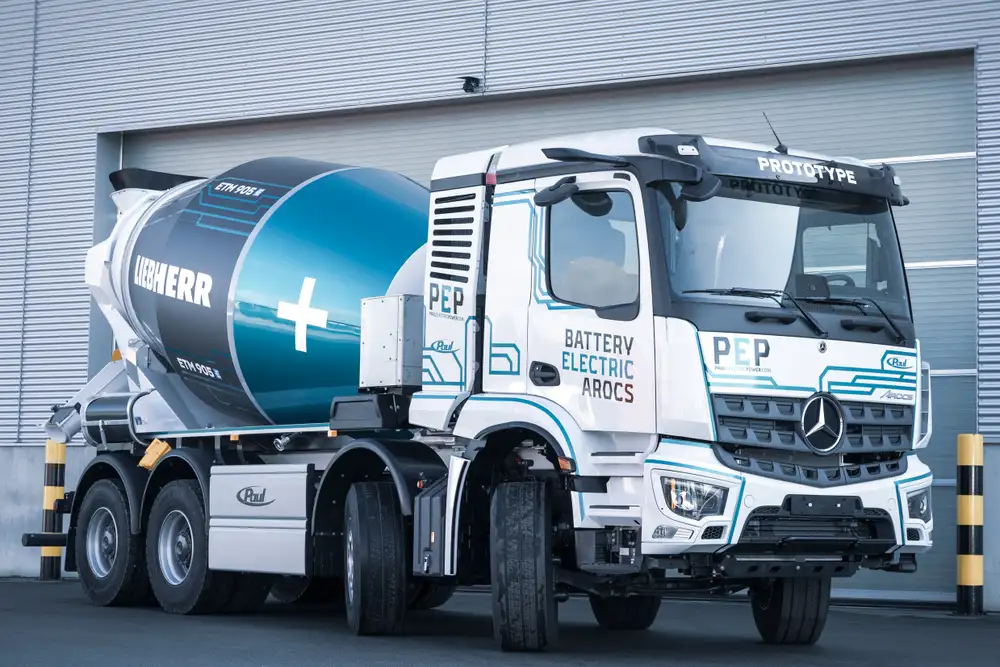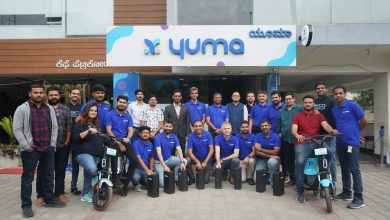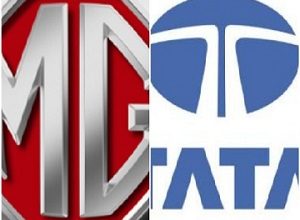Berg Insight: Europe & North America to have 768K commercial vehicle charging points by 2030

Gothenburg, Sweden – July 30, 2023: Berg Insight just released new findings about the market for heavy electric commercial vehicle charging infrastructure in Europe and North America. The total number of connected charging points in Europe is to grow at a compound annual growth rate (CAGR) of 67 percent from 6,400 in 2022 to 390,000 by the end of 2030. In North America, Berg Insight estimates that the total number of connected charging points will increase from 4,150 in 2022 to reach 378,000 by 2030, growing at a CAGR of 76 percent. These numbers include both public and non-public charging points. Mega-challenges such as vehicle emissions and climate change continue to encourage investments in electric commercial vehicles and charging infrastructure. This contributes to a positive outlook for the market.
Electric commercial vehicle OEMs, CPOs, charging equipment manufacturers, and software providers serve the commercial vehicle charging market. The market is still in its very early stages in both Europe and North America. However, several notable CPOs have initiated projects and pilot charging stations.
Circle K, BP Pulse, and Milence are companies opening charging stations for heavy commercial vehicles in Europe. In North America, ChargePoint, Forum Mobility, Greenlane and TeraWatt Infrastructure are making efforts in developing charging networks for heavy-duty electric commercial vehicles.
In North America, there are a number of regional as well as international companies marketing DC chargers for commercial vehicles. “ChargePoint is a leading player on the market and is a full-service provider offering hardware, software and CPO services”, said Niclas Palmstromer, IoT Analyst at Berg Insight. Other major hardware providers serving the region include ABB, Blink Charging, BorgWarner, BTC Power (E.ON), Demand Detroit, Delta Electronics, Kempower and Siemens.
In Europe, the market for DC charging solutions is more fragmented than in North America. Prominent actors include ABB, ADS-TEC Energy, Alpitronic, Ekoenergetyka, EVBox, Heliox, Kempower and Siemens. There are several software specific providers in both regions, offering connectivity solutions for charging. Solutions include fleet management tools, peak shaving and smart charging management. Examples of software specific actors include Ampeco, Driivz, Virta and Noodoe.
“Connectivity will be crucial for managing the charging process effectively. A vital part of the charging infrastructure for both non-public and public charging” said Love Meuller, IoT Analyst at Berg Insight. This capability enables businesses and charging station operators to have real-time insights into the charging status, availability and performance of charging points. Connected charging points can be closely monitored and controlled, utilizing surplus energy or charging during periods of low energy prices. Software-enabled connectivity also allows for the implementation of advanced load management techniques, optimizing charging processes through algorithms and data analysis. “This can ensure a controlled power draw, preventing grid overloading and enhancing operational efficiency by reducing charging time for individual vehicles”, added Mr. Mueller. Moreover, connectivity enables drivers to locate chargers, monitor charging availability, book chargers and manage payments through smartphone apps.
Furthermore, the integration of smart grid technologies and demand response strategies presents additional benefits. “By aligning charging patterns with renewable energy generation, sustainable charging practices can be promoted. And reducing dependence on non-renewable energy sources”, concluded Mr. Mueller. Grid conditions enable dynamically adjusting charging based on demand response strategies. Which reduces peak demand and further enhances grid stability and energy efficiency.
Download report brochure: Charging Infrastructure for Heavy Commercial Vehicles in Europe and North America



